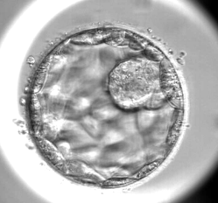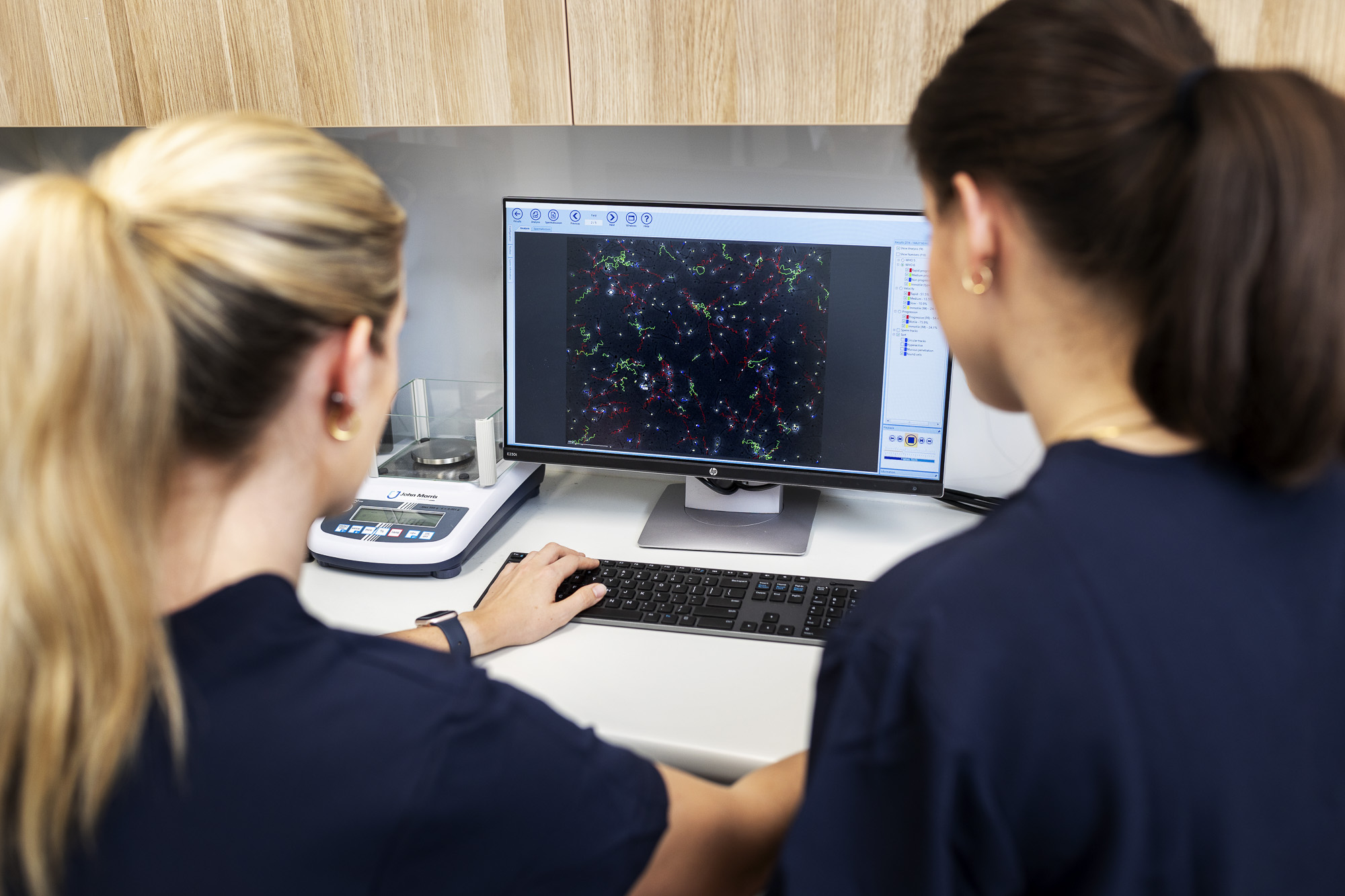It’s a proud moment for us because when we established our clinic four years ago, we set out to provide patients with the highest standard of fertility care.
‘When starting Newlife IVF, I was very conscious of the people I surrounded myself with – I wanted to work alongside people who had been practising in their respective fields for many years and had significant experience, but who saw and wanted an opportunity to do things differently and injected our shared values into our work,’ said Dr Tiki Osianlis, Newlife IVF’s Managing Director and Scientific Director.
And we did just that! Our six founding doctors, including Dr Osianlis, Dr Chris Russell, Dr Nicole Hope, Dr Sameer Jatkar, Dr Hugo Fernandes and Associate Professor Martin Healey, already had a wealth of knowledge and experience at the time. So, they paired their expertise with a unique offering for the TTC (trying to conceive) community, centred around a more personalised, caring and supportive experience for couples and individuals wanting to begin or expand their families. Their intention was to create a service that enabled them to navigate the fertility journey alongside their patients.
Staying true to this ethos has propelled Newlife IVF to where it is today – four years of scientific excellence accompanied by the gift of new life (1,000 new lives, to be exact!).
Helping others grow their families is what we do best
We’re pretty chuffed to have reached this momentous occasion. So, too, are the new parents of our 1,000th baby, Jess T and Luke.
‘We feel so privileged to be a part of this incredible milestone! It is amazing to think of how many families have been created thanks to Newlife IVF, and we will be forever thankful to count ourselves and our precious baby Liam among that number,’ said Jess T.
Like many parents-to-be, Jess T and Luke’s fertility journey came with challenges. ‘We had been trying to conceive for over a year without any success, including an early miscarriage. Friends of ours had also experienced infertility and recommended Dr Chris Russell and Newlife IVF. From our first consultation with Chris, we immediately felt like we were in good hands and that this would be our best chance to fulfil our dream of starting a family,’ she said.
It’s no secret that the path to parenthood is peppered with emotional highs and lows. For this reason, our team go above and beyond to help our patients feel supported, empowered, informed and in control throughout every step of their fertility journey.
‘Chris always made Luke and I feel like valued patients. He respected our input and preferences, and we always left our appointments feeling comfortable about the next course of action. Our counsellor also helped to put my mind at ease throughout my IVF journey. It was comforting knowing that I had extra support if I needed it,’ said Jess T.
Fertility treatment is more than just science
Fertility care hinges on more than just using the latest scientific tools and techniques (although we have those, too!). Rather, an exceptional fertility experience involves developing an empathetic and trustworthy relationship with your fertility provider. Just ask Jess S and Tim, who have recently conceived their third IVF baby with help from Dr Russell and the Newlife IVF team. In fact, they’ve been with us from the very beginning.
‘When we began our fertility journey with Chris, we didn’t know Newlife was only a month old. The care and support we received from the whole team was nothing short of exceptional. We always felt like we were in good hands’, said Jess S.
‘When we first saw Chris, we were so overwhelmed with grief and fear of potentially never being able to have a baby. We didn’t understand what was ahead of us. Chris was kind, gentle and understanding of all these emotions,’ she said.
The patient-doctor relationship grew from strength to strength, with Jess S and Tim returning to our clinic for babies two and three.
‘There was so much fear and anxiety when we first started the IVF process. But the staff at Newlife were so supportive and encouraging. The care and advocacy they provided was above and beyond. When we returned for our second and third transfers, we knew we would be looked after each time. And we were! Every time we’ve gone back to see Chris, it felt like we never left. He knew our journey, understood what we wanted for our family and supported us. I’m now halfway through my third pregnancy and feel like part of the furniture,’ said Jess S.
Empathy lies at the heart of Newlife IVF
So it’s been four years of Newlife IVF, with 1,000 babies born, and many more to go. We feel extremely privileged to be part of our patients’ fertility journeys and are proud of all that we’ve achieved for them.
‘It’s immensely rewarding to help any patient achieve their dream family, but to help Jess and Tim have three babies in quick succession, and 1,000 babies in all over our first four years, really highlights the excellence that we are aiming for and achieving at Newlife IVF,’ said Dr Russell.
As we continue doing what we do best (building families and supporting our patients), we remain dedicated to offering you a more personalised, caring and supportive experience to bring you joy at the end of your journey with us.
So, here’s to the next thousand and all that follow thereafter!
Take the next step towards a new life
If you’re ready to begin your fertility journey, call us on (03) 8080 8933 or book online via our appointments page.





